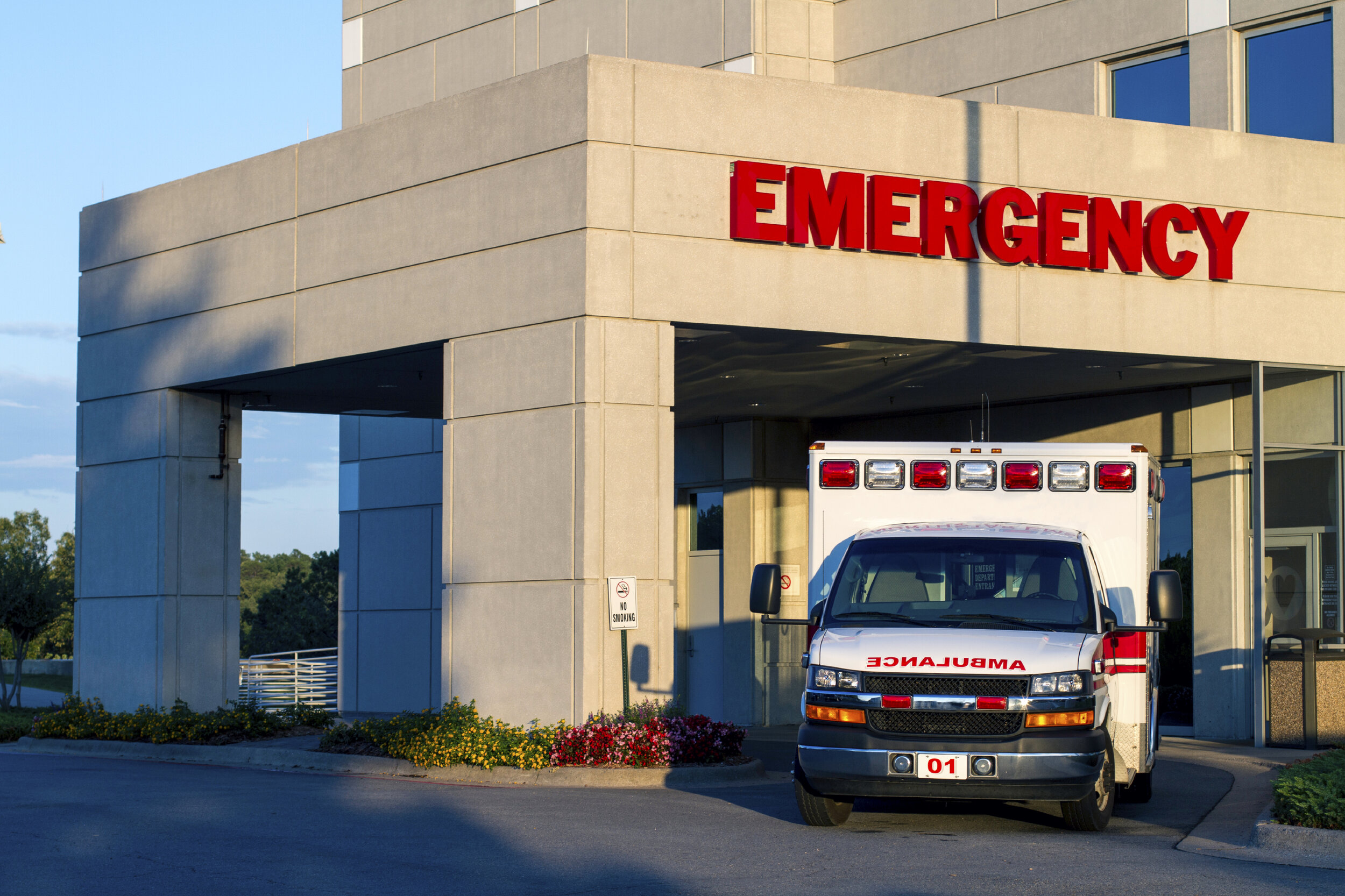SWCHCC September 2021 Newsletter
Welcome to the Southwest Colorado Healthcare Coalition Newsletter
September 2021
The Southwest Colorado Healthcare Coalition (SWCHCC) is a collaboration of health care organizations, providers, public health departments, emergency medical services, emergency management agencies and community partners working together to enhance regional preparedness and response capabilities.
SWCHCC promotes, develops, and works to enhance regional coordination for medical and public health system preparedness, response, and recovery.
Our Mission
Coordinate and promote healthcare emergency preparedness and response activities for Coalition partners throughout the Southwest Colorado Region.
Resource BLUF (Bottom Line Up Front)
U.S. Department of Health & Human Services: Monoclonal Antibodies ordering and distribution update
ASPR Tracie: Pediatric Lessons Learned from COVID-19: Immediate and Future Implications - Speaker Series
AJPH: Twenty Years After 9/11: The Public Health Preparedness We Need Now
COVID-19 Vaccine Data
*Current as of 9/27/2021 at 23:59
COVID-19 Situational Awareness
*Current as of 9/28/2021 at 1600
For additional information on regional and state,
please visit the COVID-19 State of Colorado website.
For additional information on your county,
please visit your local public health website.
Archuleta and La Plata Counties
San Juan Basin Public Health Data Dashboard
Dolores County
Montezuma County
San Juan County
FY 2020-2021 Facts and Figures
Preparing for a Burn Surge
Preparing for any medical surge is a critical part of health care. This year, the Healthcare Coalition of Maine is focusing on Burn Surge planning. A burn surge can be triggered by any disaster that causes an increase in patients needing specialized burn care. Having a burn surge plan in place lays the foundation for effective and efficient patient care and treatment when time is of the essence. Burn surge plans should be exercised and revised regularly to ensure they are accurate and meet the ever changing needs of each facility.
Below are some resources that can be used to plan, write, and exercise your plans for a burn surge incident.
PLAN: The first step to having a solid burn surge plan is to gather background information and identify the needs of a facility. This overview provides a framework and guidance for healthcare coalitions, burn centers, state public health preparedness professionals, healthcare facilities, and other stakeholders planning for a burn surge event. See ASPR TRACIE's Mass Burn Event Overview.
WRITE: Planning for a burn surge is just the beginning. Without a written plan in place, facilities lack guidance to pull from when the needed moment arrives. The following guidance is provided for healthcare coalitions in the development of their burn surge annex. See ASPR TRACIE's Healthcare Coalition Burn Surge Annex Template.
EXERCISE: After a plan has been written, it should be exercised to find strengths and/or gaps that need to be modified. A tabletop exercise is an excellent way to evaluate the newly written burn surge plan. This burn surge tabletop exercise template by ASPR TRACIE is a good starting point for building your tabletop exercise. See ASPR TRACIE's Burn Surge Tabletop Exercise Template.
HHS Maternal-Child Health Emergency Planning Toolkit
The recently released Health and Human Services (HHS) Maternal-Child Health (MCH) Emergency Planning Toolkit was developed by the HHS/Assistant Secretary for Preparedness and Response (ASPR) At-Risk Individuals Program with the goal of better preparing populations for emergency preparedness, response, recovery, and mitigation activities. Those populations included in MCH (as it relates to this document) are women who are pregnant, postpartum, and/or lactating; infants (0-12 months); and young children (1-5 years). The MCH population faces unique vulnerabilities during times of disaster that require special attention. This may be in the form of preparing safe sleep options for infants and their families, providing developmentally appropriate healthy food options, or easily accessible medical records for continued prenatal or well-baby visits. While the challenges are numerous, with proper preparedness and mitigation techniques, trained responders, and targeted recovery work, public health professionals can work together collaboratively to keep moms, infants, and young children safe and healthy during disasters.
The toolkit works the following frameworks into all recommendations and best practices, striving to create equity for all populations and an environment of “consistent and systematic fair, just, and impartial treatment of all individuals” during disaster preparedness, response, and recovery:
The life-course approach- this recognizes the importance of preventing and controlling diseases from preconception through death. The life-course approach also recognizes that Social Determinants of Health can affect the health of a life from before it was conceived through its aging years.
Social Determinants of Health- conditions in the environment that can affect the quality of life, particularly in vulnerable populations such as infants and young children.
Trauma-informed approach to MCH- recognizes the widespread impact of trauma and stress on a human and explores potential paths for recovery.
Upcoming Meetings and Trainings
SWCHCC maintains a calendar of upcoming Meetings, Training, and Exercises. Please view the calendar below or click the button for more information.
SWCHCC Deliverable Updates
The SWCHCC is actively working on Quarter 1 deliverables and will submit to CDPHE on or before September 30, 2021. Below is a summary of the work being completed by the Steering Committee, Readiness and Response Coordinator and Operational Coordinators from July 1, 2021 through September 30, 2021:







